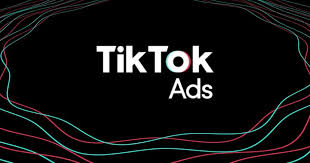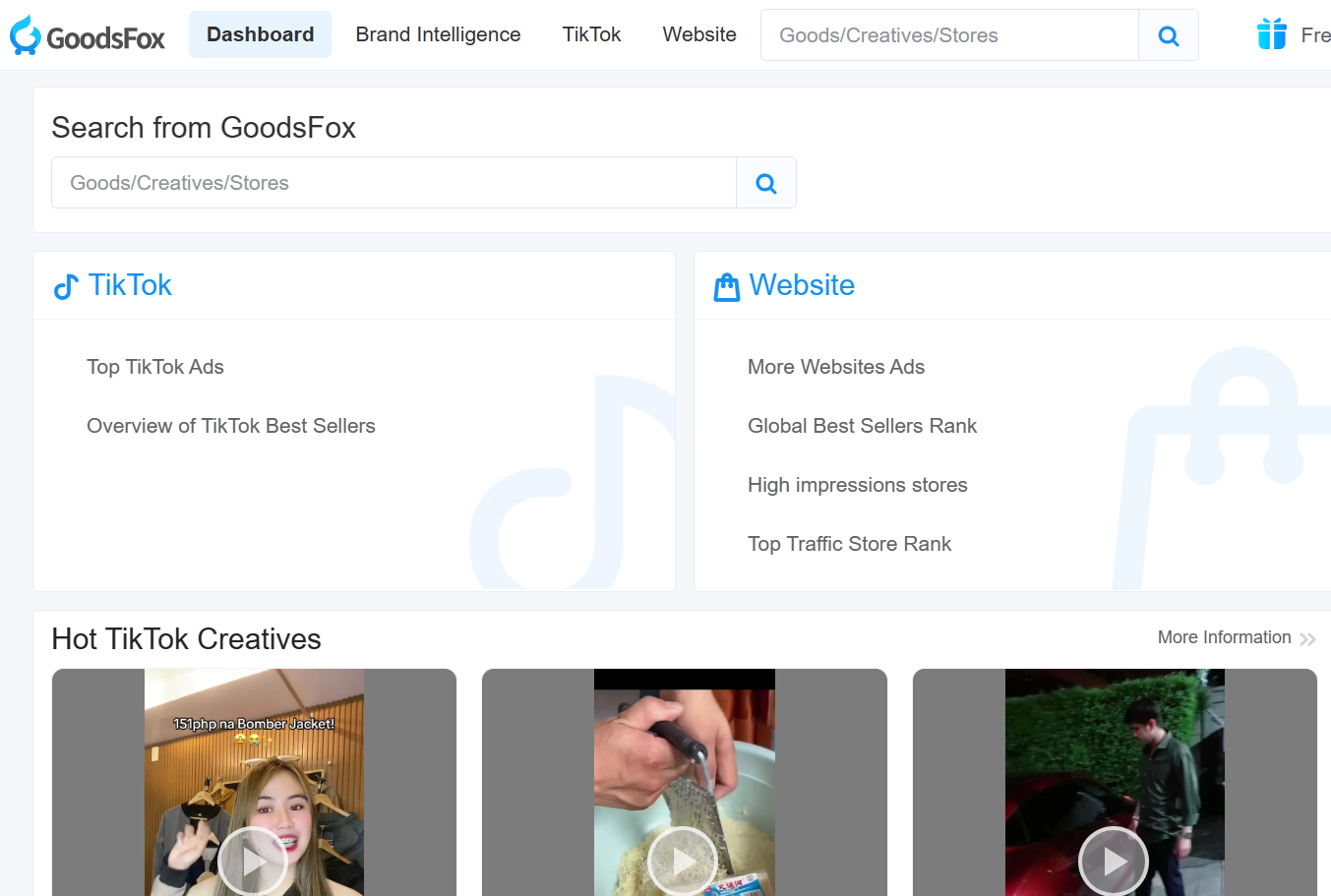TikTok Ads and Facebook Ads are two important tools for digital advertising, each providing distinct ways to reach and engage with audiences. TikTok ads are ideal for reaching younger audiences with creative and entertaining video content, while Facebook ads are ideal for reaching larger and more diverse audiences with various types of content.
Source: Vero
Understanding the difference of these two platform ads is crucial for advertisers to make and optimize their advertising strategy. By understanding the distinct features, targeting options, ad format and audience characteristics of TikTok ads vs. Facebook ads, businesses can effectively allocate their resources and maximize their advertising efforts.
01 TikTok Ads vs. Facebook Ads: Key Differences
Targeting Options: When it comes to targeting options, Facebook enables advertisers to reach users based on their preferences, characteristics, actions, and even their engagement with the platform. TikTok does not offer as many targeting options as Facebook, but advertisers can still reach their audience based on criteria such as geography, age, gender, interests, and devices. TikTok is constantly improving its targeting capabilities to give advertisers a more accurate audience reach.
Ad format: In terms of ad format, TikTok ads mainly focus on video ad, such as short-form videos, branded effects, and branded hashtag challenges. These formats are mostly delivered in or around the main feed, which is the core feature of the platform. This gives advertisers more alignment and engagement with the organic content on the platform.
Facebook ads support different types of ad formats, such as images, videos, carousels, texts, and dynamic products. These formats can be served in various placements across the app, such as Stories, Messenger, Reels, etc. This gives advertisers more flexibility and creativity to showcase their products or services
Audience Characteristic: When it comes to audience characteristic, TikTok has a younger and more niche audience, mainly consisting of Gen Z and millennials, who are interested in entertainment, trends, and user-generated content. Facebook has a larger and more diverse audience, spanning different age groups, interests, and behaviors, who are interested in socializing, news, and information.
Understanding these main differences between TikTok ads and Facebook ads allows advertisers to tailor their strategies based on the unique advantages and weaknesses of each platform. By weighing the targeting options, ad formats and audience characteristics, businesses can choose the most suitable platform for their advertising goals. Also, you can use TikTok Ads Spy and Facebook Ad Spy to discover successful strategies.
Source: Goodsfox
02 Advantages of TikTok Ads over Facebook Ads
TikTok ads can reach a younger and more engaged audience than Facebook ads, especially Gen Z and millennials who are the main users of the platform. TikTok also has a higher average time spent per user than Facebook, which means TikTok ads will have more opportunities to capture attention.
TikTok ads allow more creative freedom than Facebook ads, as they are less restricted by ad policies and guidelines. TikTok encourages advertisers to create authentic, original, and entertaining content that matches the platform’s culture and trends. Facebook ads, on the other hand, have more stringent rules and regulations that can limit creativity.
TikTok ads can help advertisers achieve faster conversion than Facebook ads, as they allow users to reach broader audiences quickly, drive higher traffic, and start conversion faster.
03 TikTok Ads vs. Facebook Ads Performance Metrics
Impressions: Impressions are the number of times an ad is displayed to users, regardless of whether they interact with it or not. Impressions are important for increasing brand awareness and reach among potential customers.
CPM: The cost per mille (CPM) is the price calculated for 1,000 impressions. CPM is important for measuring the cost-effectiveness and competitiveness of an ad campaign.
According to a study by loana Cozma, TikTok ads had a lower average CPM than Facebook ads, with an average of $10 compared to $7-$20. This means that TikTok ads are more affordable and offer a better value for money than Facebook ads.
CTR: The click-through rate (CTR) defines how many visitors click on your link out of everyone who saw your ad. CTR is important for measuring the relevance and quality of an ad campaign.
According to the same study by loana Cozma, facebook ads had a slightly lower average CTR than TikTok ads, with an average of 1.6% to 5%, while TikTok Top-view ads had a CTR of 16%. This means that TikTok ads have an advantage in terms of user engagement and conversion potential over Facebook ads.
TikTok Ads and Facebook Ads offer different ways of measuring the results of your ad campaigns, but you need to be aware that the numbers may not be directly comparable because of the variations in audience, ad formats, and campaign objectives. You need to select the metrics that match your campaign goals and examine the data closely to make informed decisions.
04 Conclusion
TikTok ads and Facebook ads are two different ways to reach and engage with audiences. Advertisers should understand the key differences, advantages, and performance metrics of each platform to choose the best one for their goals.

